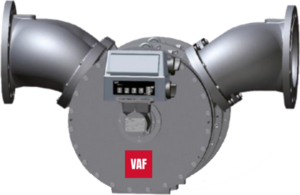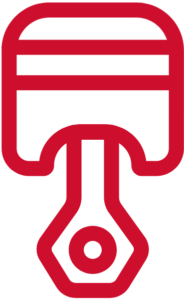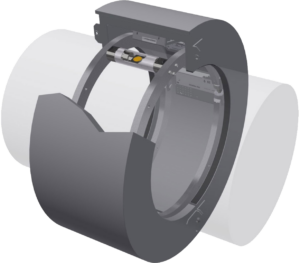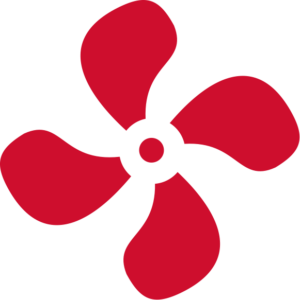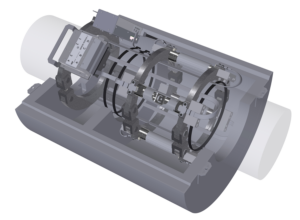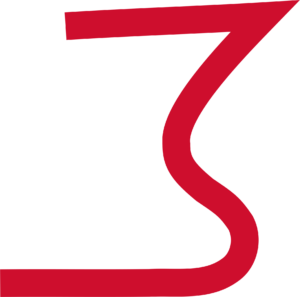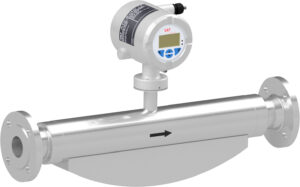Why you should
choose for vaf■
VAF offers a range of solutions for the most accurate measurement and analysis of fuel consumption. For the wide variety of fuel systems, VAF provides dedicated fuel consumption measurement systems along with diverse monitoring and management solutions. These solutions can be split in 4 tiers ranging from general to very detailed insight in fuel consumption and propulsion efficiency steps
Our tier list:
- Level 1 | Bunker Delivery Data
By using a bunker flowmeter, the fuel consumed during the period between 2 bunkerings can be measured and analysed. Any deviating trend in fuel consumption over consecutive periods are made visual for further investigation. - Level 2 | Fuel Consumption Data
By adding fuel flowmeters (Coriolis mass flow, or Displacement volumetric flow) at each onboard consumer (ME, AE, Boiler), direct real time insight in the fuel consumption is made visible. Any deviations in fuel consumption are shown instantly and can be investigated further on consumer level. On top of these fuel flowmeters a data collections and visualisation solution can be added for either on board and cloud/office analysis of fuel consumption data. - Level 3 | Fuel Consumption + Engine Power Data
Next to the consumer fuel flowmeters from tier 2, a shaft power meter can be added. This allows the measurement and analysis of the engine efficiency SFOC. Therewith providing even more insight in the ships propulsion performance. - Level 4 | Fuel + Power + Propeller Thrust Data
This level is providing the deepest insight in the fuel consumption and the individual efficiencies of the ship propulsion train and consumers. This is achieved by adding to level 3 functionality also propeller thrust measurements. Herewith next to engine efficiency SFOC, also the propeller efficiency and hull resistance can be monitored.
How can digitalization improve
your ship EU-ETS?■
Level 1 | Bunker Delivery Data
Bunker delivery data is crucial for a ship as it ensures accurate fuel quantity and quality control, which directly affects operational efficiency and compliance with environmental regulations. Additionally, precise bunker records help in cost management and prevent disputes with fuel suppliers, safeguarding the ship’s operational budget and integrity.
Benefits of knowing your Bunker Delivery Data
- Verification of overall fuel used between bunkers
- Prevent disputes with fuel suppliers
- Safeguarding the ship’s operational budget and integrity
What’s not included
- Changes in Fuel Consumption cannot be assigned to either the:
- Engine, Propeller, Hull, or other external factors
- No real time fuel consumption information
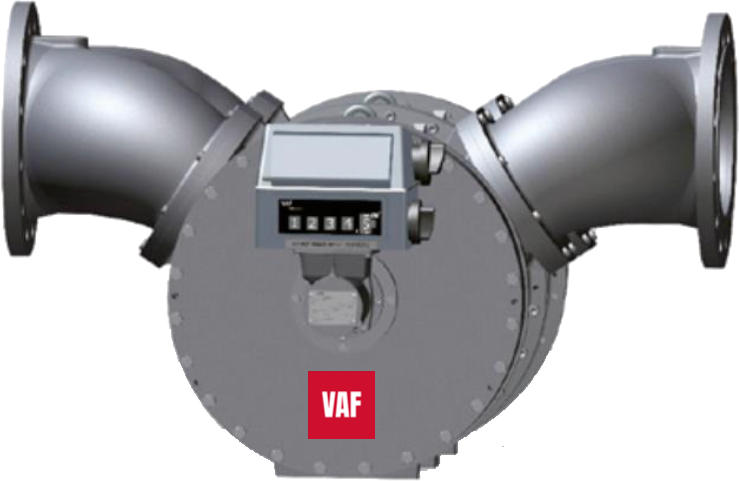
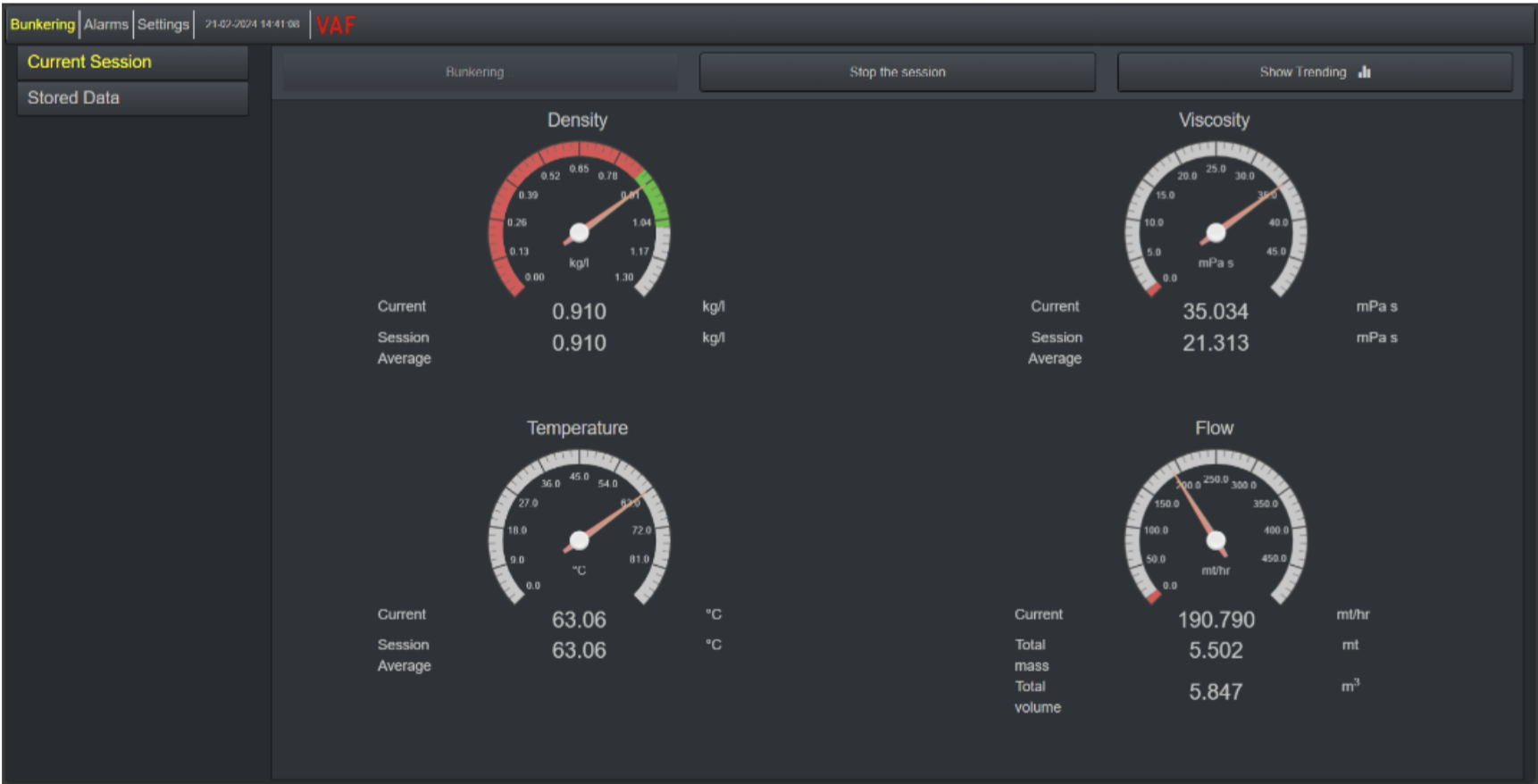
Level 2 | Fuel Consumption Data
Real time fuel consumption data per (main) consumer on board provides detailed and accurate insights in the operational efficiency and emissions. Adding fuel flowmeters to each consumer in combination with a VAF data collection and visualisation system provides a total solution to monitor, report and improve on the fuel consumption of a vessel. With the Fuel consumption data being visualised both on board (PEM4), and made available in the cloud/office (IVY), detailed insights on fuel performance are provided both for the crew as well for the office data analysts. But a change in fuel consumption can not be assigned either to the main engine, propeller, and/or ships hull.
Benefits of knowing your Fuel Consumption Data
- Real time fuel consumption and CO2 emissions per consumer:
- Main engine
- Auxiliary engine(s)
- Boiler
- Office analysis via VAF IVY© cloud solution:
- High frequent data collection
- In depth fuel analysis KPI’s and reporting
- EU-ETS and CII reporting
- Voyage reporting
- Integration to 3rd party BI-tool via API
What’s not included
- A change in fuel consumption can not be assigned either to the main engine, propeller, and/or ships hull
- Engine efficiency SFOC
- Propeller fouling / efficiency
- Hull fouling / resistance
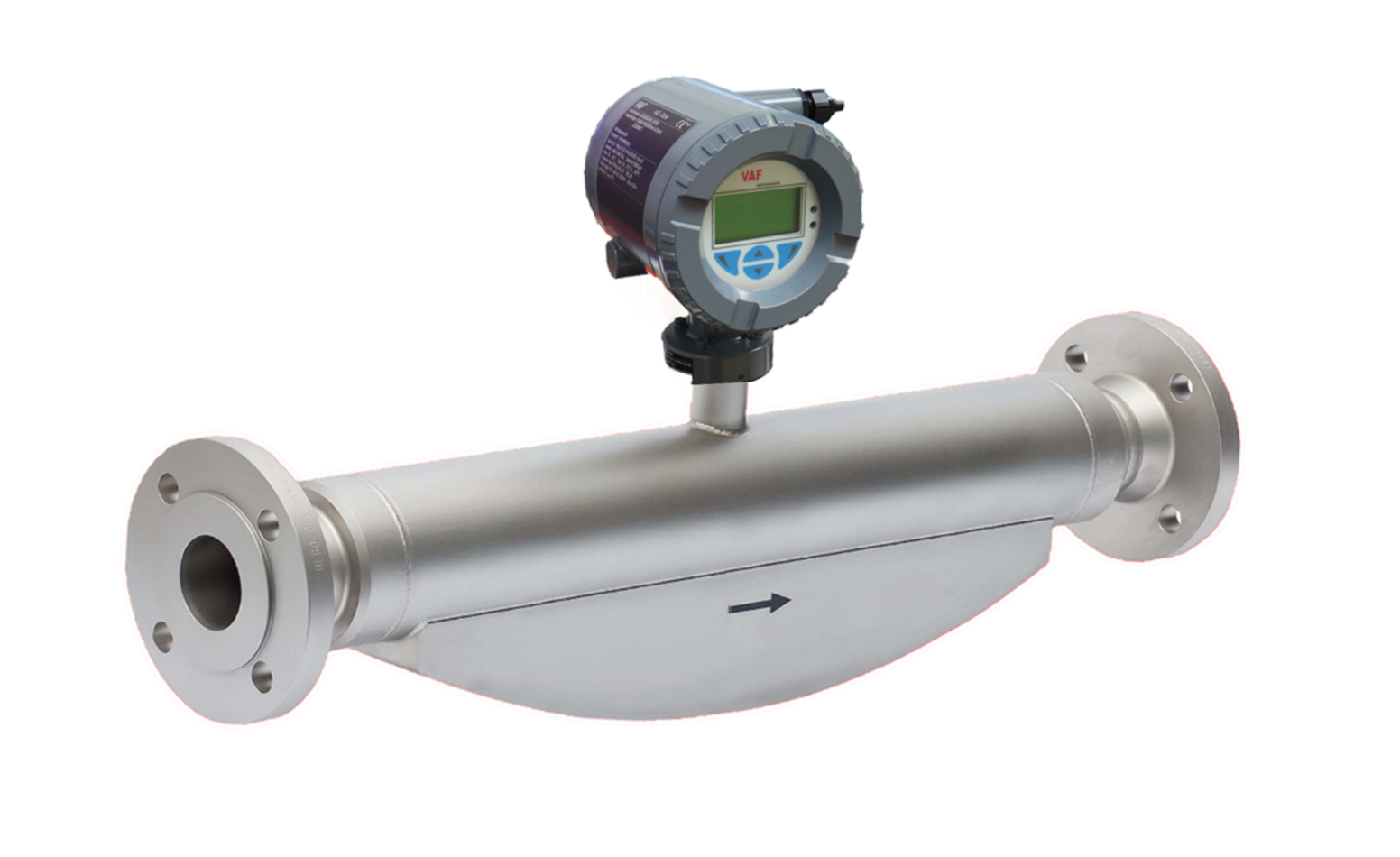
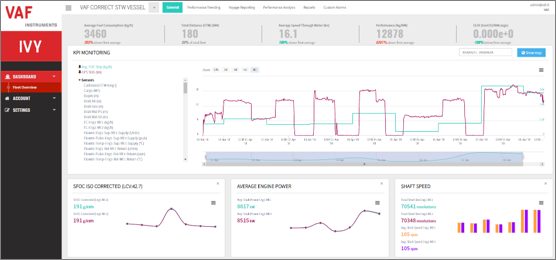
Level 3 | Fuel Consumption + Shaft Power Data
The combination of a shaft power meter with fuel flow measurements, offers detailed insights in the fuel consumption of the various consumers, but also provides information on the engine efficiency SFOC. In addition the shaft power meter provides insights on the engine load due to the propeller. Therewith securing proper functioning of the vessels propeller and guaranteeing the proper engine operational point and load for optimal engine fuel consumption and maintenance needs. With this level the engine efficiency can be monitored separately. IF a change in fuel consumption is noticed at least the engine can be investigated separately, but a possible change in propeller and/or hull efficiency can not be monitored separately.
Benefits of knowing your Fuel Consumption and Shaft Power Data
- All benefits of Level 2, plus:
- Engine SFOC Measurements
- Speed – Power Curves
- Engine Load Curves
- Propeller Load Curves
What’s not included
- A change in fuel consumption can not be assigned either to the propeller and/or ships hull
- Propeller fouling / efficiency
- Hull fouling / resistance

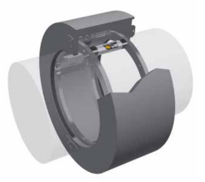
Level 4 | Fuel + Power + Propeller Thrust Data
The highest level of detail and insight in the vessels propulsion performance is achieved when combining per consumer fuel flow measurements and shaft power measurements, with propeller thrust measurements. This allows for a separation between engine efficiency, propeller efficiency and hull resistance. Therewith providing the deepest level of performance insight. Herewith opening the possibilities to monitor propeller fouling, and hull fouling next to engine efficiency SFOC.
Benefits of knowing your Fuel + Power + Propeller Thrust Data
- All benefits of Level 3, plus insights in:
- Propeller Fouling / Cleaning
- Hull Fouling / Cleaning
- Effects of new Hull Coating
- Propeller retrofit

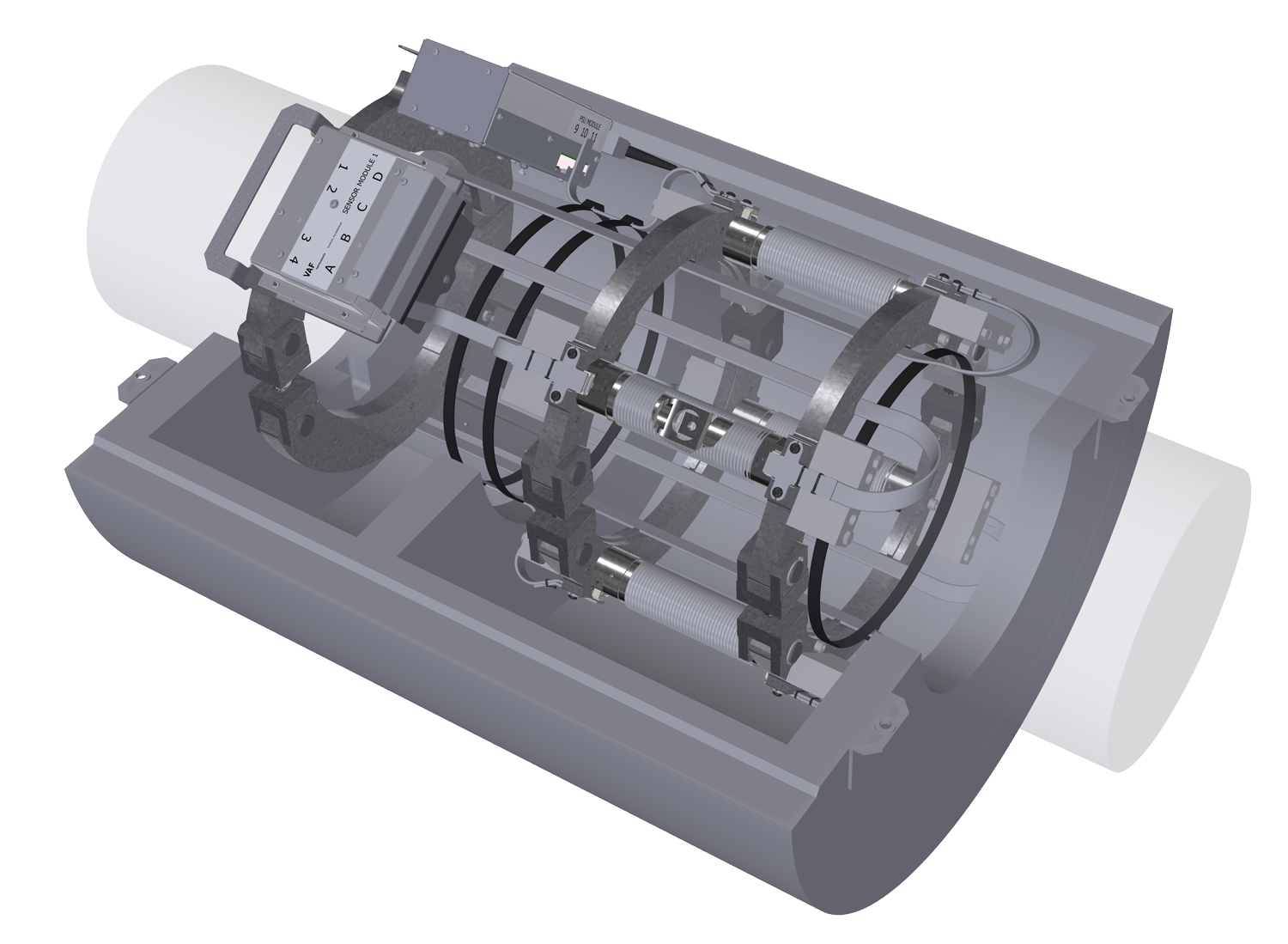
Our experts are
standing by■
We are ready to assist with any maritime measurement challenges. Contact us for expert advice and solutions tailored to your needs.
Brian Wolst | Technical Support Engineer


